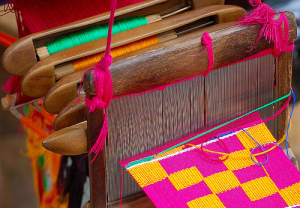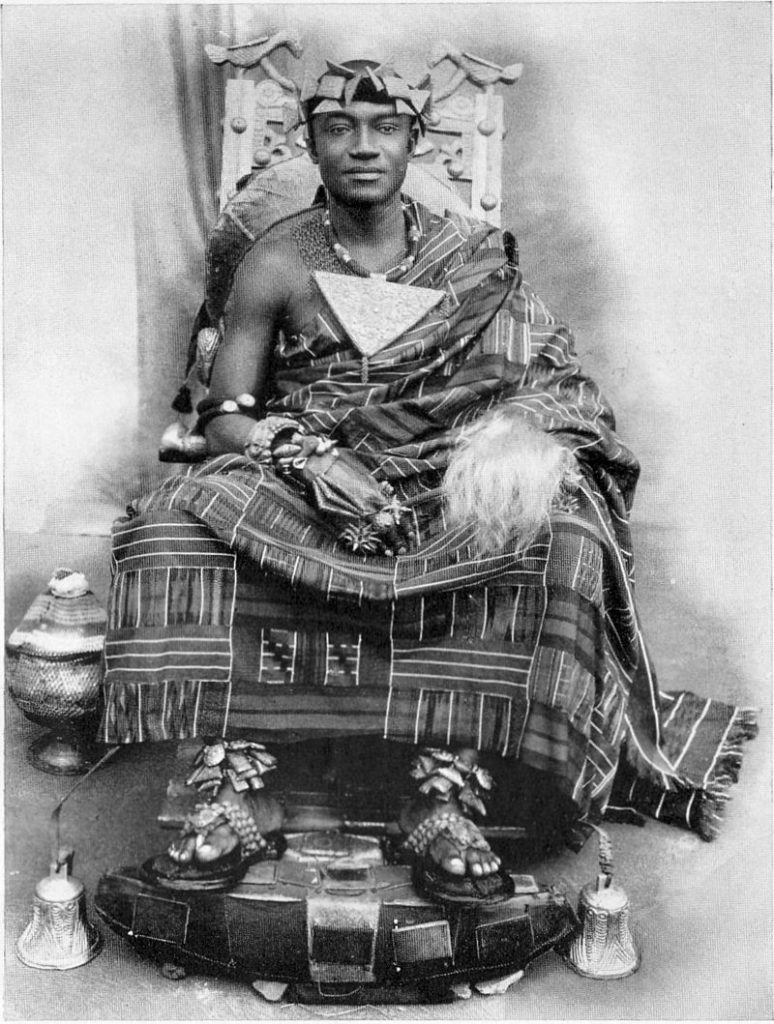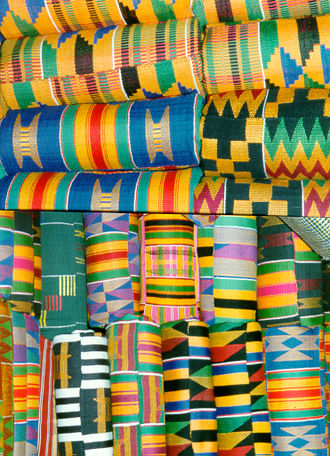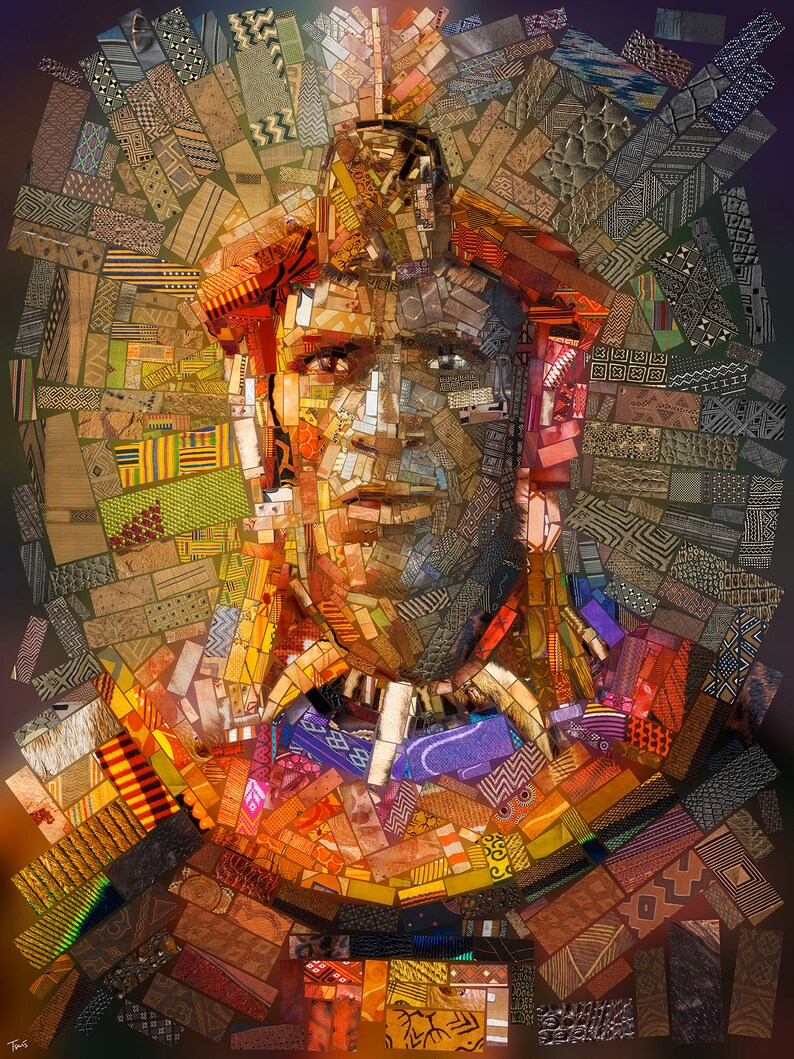
Cultural diversity on the African continent as well as African communities worldwide have influenced a very diverse array of visual artistic themes according to the different and unique social and historical experiences of artists living in and connected to Africa. This lesson will explore a few themes in African art and introduce methods of analyzing African art according to its unique social and historical contexts.
Lesson Objectives
- recognize African art as a diverse body of visual expressions reflecting unique experiences
- evaluate how meanings are expressed in African art through a variety of social and historical contexts
- identify African influences in the global art world
- analyze and interpret a work of art from or connected to Africa
The art of Africa includes a diverse body of both contemporary and historical visual culture ranging from paintings, sculptures, installations, and other expressions created not only by people living in the African continent, but also by people connected to African cultural communities in places such as the Americas and the Caribbean. During and after the colonial period, Europeans and American characterized African art as ‘primitive,’ and the analysis of African art often began with negative connotations of underdevelopment and poverty. Western approaches to African art was hinged on the belief that African artists lacked technical ability due to low socioeconomic status, and stereotypes about African art coincided with imperialist stereotypes about Africa and African people. In reality, African art is as diverse as the peoples and cultures of Africa, and it encompasses a broad spectrum of unique and highly sophisticated visual representations of individual and group identity and experiences as well as political, social, economic, and global messages.
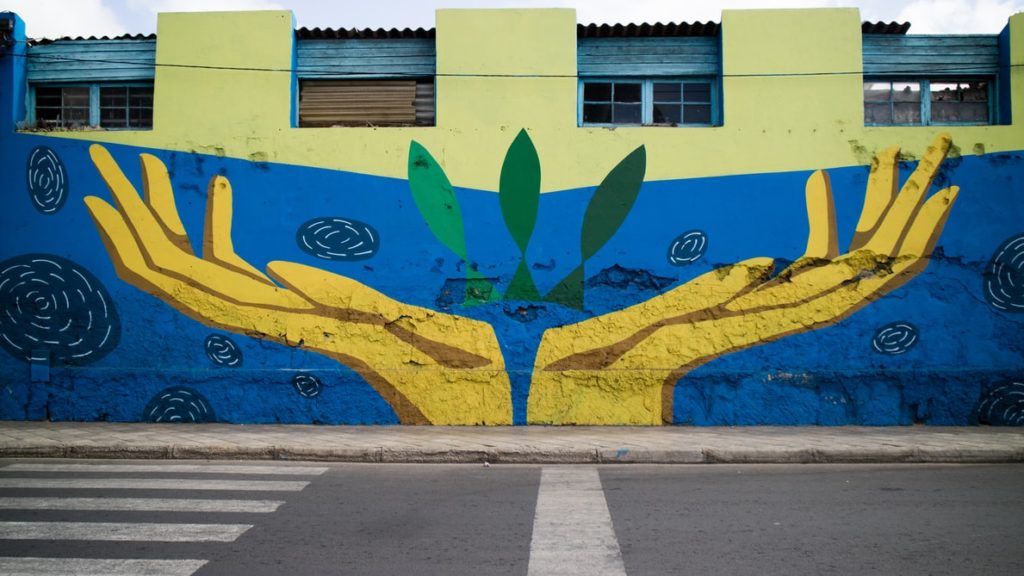
Graffiti in Cape Verde 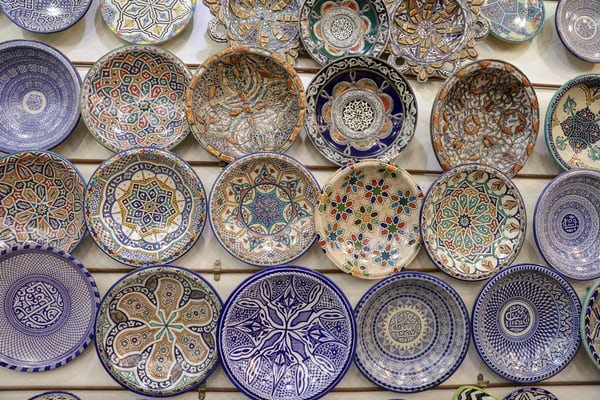
Bowls in Morocco 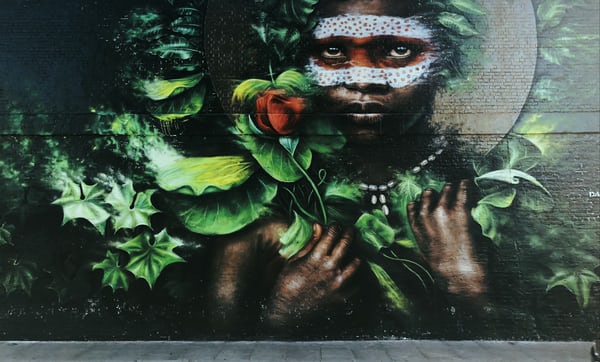
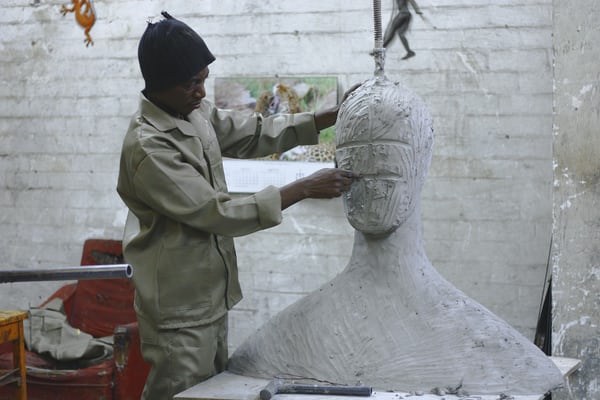
Contemporary Sculpture 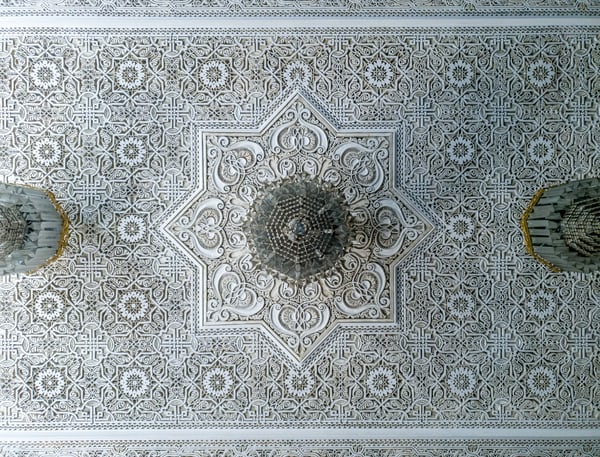
Islamic Geometry 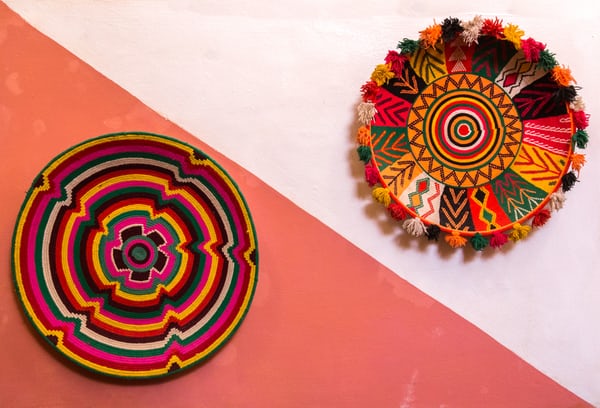
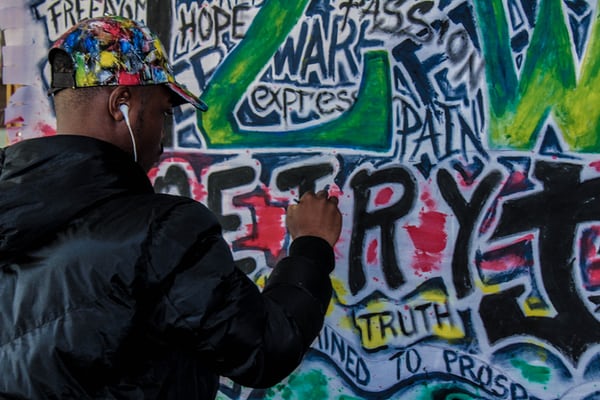
Graffiti in Zimbabwe 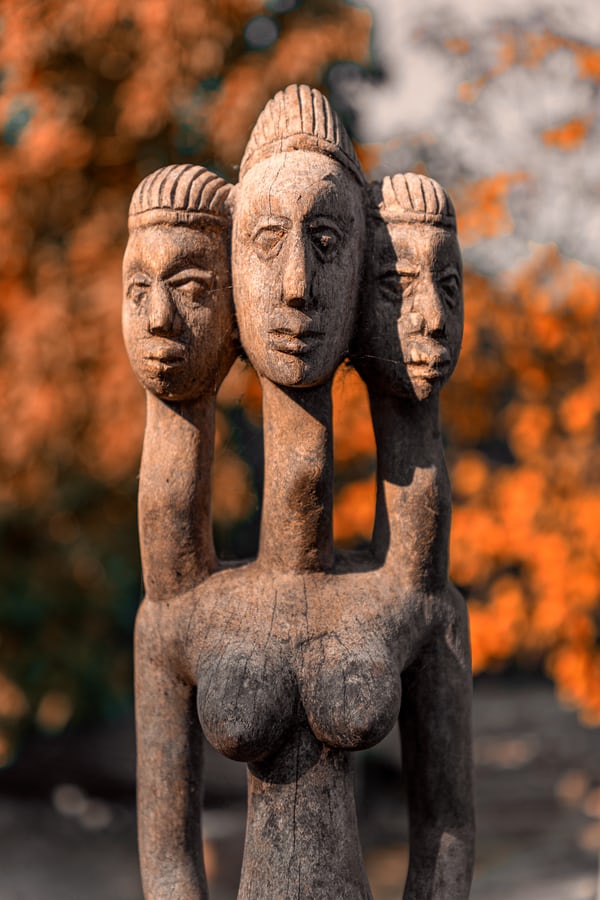
Wooden Statues 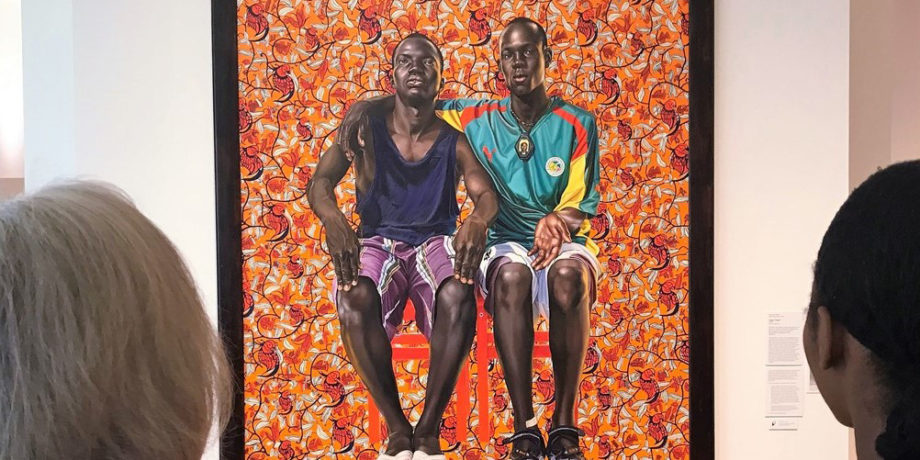

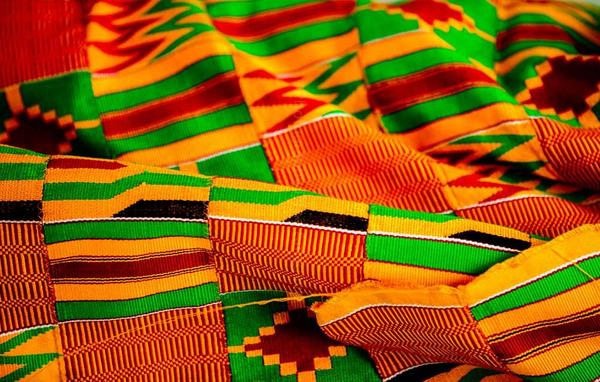
Kente Cloth in Ghana 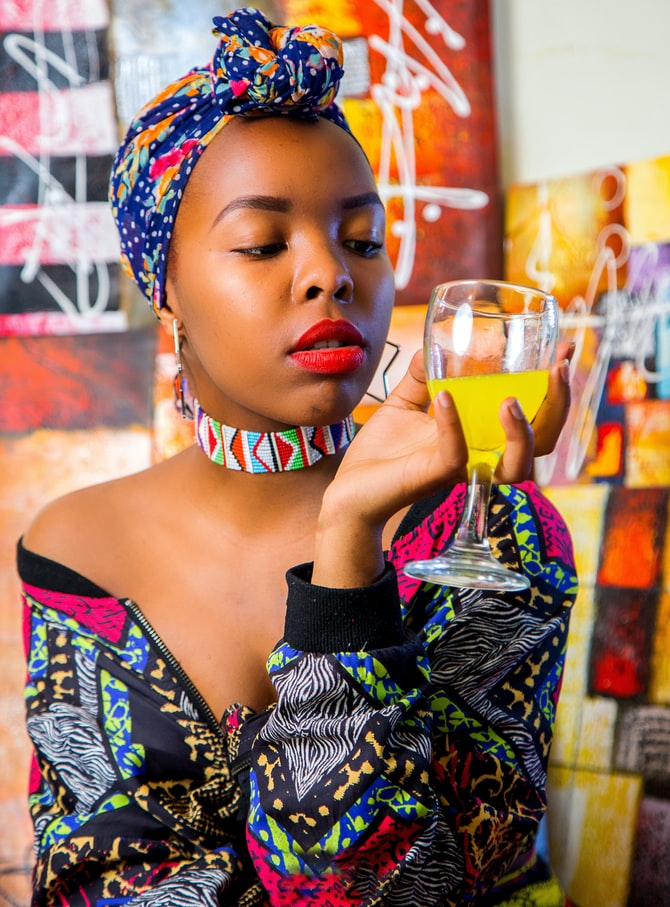
Fashion Photography in Nigeria
Meaning and Expression in African Art
In addition to aesthetic appeal, art can also serve as a tangible representation for unique experiences and abstract concepts such as feelings, emotions and ideas. Some things just cannot be put into words, and art provides artists in African with a visual means to communicate complex experiences that may be difficult to encapsulate through the limited capacity of language by using artistic elements such as color, media, form, movement, balance, pattern, and proportion. Elements and the way they are used can be a vehicle to communicate meanings that are difficult to express or too complicated to express in conventional ways.
Art and African Identity
Visual art can serve as an expression of identity and connection to different cultural groups in different parts of the continent. Comparing the different ways groups and individuals communicate identity through art can lead to a better understand of diversity throughout Africa. Traditional art, which will be defined here as ‘techniques and practices are passed down through generations,’ can convey ideas and feelings about aspects of individual and cultural identity such as age, status or profession, and spiritual beliefs. In this way, art can reveal the union between creative culture and daily life in Africa. The webpage, ‘I AM: Identity in African Art,’ by the Virginia Museum of Fine Arts to review examples how African art can embody individual and group identity.
Weaving Kente Cloth, for example, is a cultural tradition of the Asante (also known as Ashanti) people, and these fabrics were originally used exclusively to dress kings and their courts. Each block, pattern, and color has a distinct name and meaning, and the cloth often includes adinkra symbols, which represent concepts or sayings. For example, an oft-used kente pattern is, in Twi, Woforo dua pa a na yepia wo. It means “when you climb a good tree you are given a push;” put another way, when one takes up a worthy cause, one will be supported by their community. The Ewe people of western Africa have also woven kente cloth for centuries, though according to kente master weaver Kwasi Asare, who is often commissioned to create unique kente pieces and teaches workshops in the U.S., their designs are typically more “representational,” where Asante kente designs tend to be more abstract.
Here are a few colors commonly found in kente cloth, and their meanings, per Sankofa Edition and Adinkra Brand.
● black: spiritual strength, maturity; mourning and funeral rites
● red: blood, death, political passion, strength
● blue: peace, love, unity, and harmony
● gold or yellow: wealth, royalty
● green: growth, harvest, renewal
● white: purity, cleansing rites, festive occasions
● purple or maroon: Mother Earth, healing, protection from evil
A tell-tale identifier of kente cloth is its vertical strips of fabric, which are typically four inches wide. These strips are then cut and sewn together to create larger swaths which can be worn on the body. By placing blocks of pattern next to one another, a meaning for the whole piece emerges. Historically, when kente was used solely for royal courts or prestigious occasions, the strips were made of silk; today you’ll also find kente made of cotton or rayon blends. While weaving kente is traditionally men’s work, it is common to see both men and women donning these beautiful, wearable artworks. Kente cloth is arguably the most well-known textile export from the African continent to the western world; mud cloth and African wax prints are also widely available, especially in cities where West Africans have settled across the U.S. and Europe. Kente has also come to symbolize a sort of solidarity with an African heritage—most recently, and controversially, displayed by the group of senators who wore kente cloth while kneeling for nine minutes in remembrance of George Floyd. In 1960, upon the occasion of Ghana’s independence, the nation’s first president Kwame Nkrumah commissioned a kente cloth to be displayed at the United Nations General Assembly in New York. In 1995, Kwasi Asare was asked to create another rendition to replace the one originally woven by his father. As such, kente cloth has been a symbol of Black sovereignty in the U.S. for many decades, with its eye-catching designs and stories woven into each section of silky fabric. As E. Asamoah-Yaw, author of Kente Cloth: History and Culture, has noted, every culture has its textile tradition, and kente is that of Ghana and West Africa. This weaving tradition continues to live on, and new designs and innovations emerge with each passing year.
Mud Cloth

Mud Cloth, known as Bògòlanfini or bogolan, is a cotton fabric traditionally dyed with fermented mud in Mali. Like kente cloth in West Africa, mud cloth also has an important place in Malian culture and has become a symbol of Malian identity. Around 1980, Bògòlanfini became a symbol of Malian cultural identity, and it has been adopted by the Malian government. Different dye techniques are associated with different Malian ethnic groups. Bogolan refers to a clay slip with a high iron content that produces a black pigment when applied to handspun and handwoven cotton textiles. Bògòlanfini patterns are rich in cultural significance. Symbols can refer to historical events, animals, objects, mythology, or lessons. Mud Cloth is a traditional clothing worn by hunters and serves as camouflage, protection and status. Women wear mudcloth after initiation into adulthood and immediately after childbirth. Today, the cloth is exported worldwide for use in fashion, fine art and decoration.
African Influences in Western Art

At the start of the twentieth century, art historians began to emphasize themes related to styles and aesthetic rather than ethnographic (cultural) descriptions of African art. In other words, African art was not represented as a product of a cultural group, but as a body of artists works comprised of distinctive styles, techniques, symbols and meanings. In time, European artists like Pablo Picasso and Henri Matisse began experimenting with African inspired art forms. The study of and response to African art, by artists at the beginning of the twentieth century facilitated an explosion of interest in the abstraction, organisation and reorganisation of forms, and the exploration of emotional and psychological areas.
Social and Historical Contexts in African Art
Visual art in Africa represents a compendium of personal stories of the past combined with the pleasures of visual art appreciation. This makes it important to situate African art in its social and historical context in order to examine the ways that social experiences and historical themes are communicated and expressed from the unique and personal points of view of the artists. Contextualism refers to a process of looking at the cultural context of an artwork. By situating a piece of art in its social and historical context, it can deepen and/or improve our understanding of the work and may change our first impressions.
Social contexts refers to the social setting in which people live. It includes the broader culture(s) that the individual lives in as well as the people and institutions with whom they interact. It also includes to a person’s social positioning in a household, community or society. It encompasses demographic factors such as age, gender, sex, nationality, sexuality, class, race or any other social status such as citizen, immigrant, undocumented worker, or aristocrat. Learning about the life of an artist assists in the process of interpreting their work.

For example, Tracey Rose is an established contemporary multimedia artist and outspoken feminist who was born in Durban, South Africa. She currently works in Johannesburg, and she is best known for her bold performances, video installations, and arresting photographic works. Rose confronts the politics of identity, including sexual, body, racial, and gender issues. Rose’s themes often convey her multicultural ancestry, and the experience of her mixed-race reality in South Africa. She skillfully combines elements of popular culture with sociological theories to evoke powerful depictions of South Africa’s political and social landscape. Rose has held solo exhibitions in South Africa as well as Europe and America, and has participated in a number of international events to include the Venice Biennale.
Social contexts change through history, however. The experiences of being Robert Mapplethorpe during his time and place could be quite different today. Mapplethorpe’s work was part of a sexual revolution that reshaped norms and values about sex and sexuality in the U.S. Many of the themes considered risque during his time can be considered mainstream today. This makes it important to also address how historical conditions inform social contexts and shape creative processes.

Historical contexts not only refers to the date the work was created, but it also includes the social, political, cultural, economic, and environmental situations that influence and inform an artist’s creative process and individual motivations for expression. In South Africa for example, the years 1968-1971 saw a window for relatively free expression before the Government clamped down on cultural groups linked to the Black Consciousness movement. Pre-1970, most political art was reflective, concerning the human condition, primarily suffering. By the end of the 20th century however, overt political protest emerged in the art world with critical commentaries and reflections on the apartheid era, racial classifications, corruption, conflict and political abuse.
Analyzing African Art
Art analysis provides a means of extracting meanings and emotions from a visual representation by identifying and evaluation specific elements and then compiling the findings to develop an overall conclusion. Analysis not only evaluates the visual components of the work, it also considers the social and historical contexts in which the piece was produced. This requires additional research on the background of the author as well as an investigation into political, social, economic and cultural phenomena taking place during the artist’s lifetime.
- Step one: Provide general information about the work: the artist, subject matter, date, location, technique or medium.
- Step two: Describe the work. Is it a representation of something, an event, an idea? What is going on, if anything.
- Step three: Artists Perspective: Use the elements of art and the principles of design to interpret messages and meanings from a symbolic perspective. Use what you know about the social and historical life of the artist to consider how they are visually communicating abstract concepts (thoughts, feelings, emotions, ideas, experiences, etc.) visually. Sometimes a piece of art is accompanied by an ‘artist’s statement’ that provides background, moods, motivation, etc. for the work that can be useful here. Otherwise, just give it your best guess. If the artist is anonymous, such as a cave painting, then consider what you know about the time and place the artist was living in and go from there.
- Step four: Viewer Context: Describe how you interpret the piece through your own lens. In what ways does the piece connect to broader shared human experiences (thoughts, feelings, emotions, etc.) that transcend time and space.
- Step five: Pull it all together to formulate YOUR conclusion or impression of the work. This is your statement about the piece.
Visual Art in African Humanities
Visual art provides a symbolic history of the unique experiences, thought and emotions shared by people throughout the continent and across cultures. By interpreting visual art in Africa, we can develop a more complex understanding of African humanities that is more multi-dimensional than descriptive narratives provided by history books because art gives us a wide range of elements that communicate abstract concepts in non-literal ways. Engaging in the artistic process also provides artists in Africa the opportunity to express deep emotions and complicated experiences to a broader global audience.
Readings & Resources:
- Resistance Art in South Africa
- The_Art_of_Africa_A_Resource_for_Educators Metropolitan Museum of Art.
- Smithsonian National Museum of African Art
- Art of Africa on the Khan Academy website
- UF Harn Museum of Art – Africa Collection
- African Art, Encyclopedia Britannica
- National Museum of African Art, Smithsonian
- Santa Fe HUM2020 Analyzing Art weblesson
For Discussion in Canvas
Locate a piece of art from your selected country. This can be done online through one of the internet links in the resources in this lesson or you can select a piece on exhibit at the Harn Museum. – analyze the art using the five steps introduced Analyzing African Art section in this lesson.
For Extra Credit
Earn extra credit by visiting an African Art Collection at a gallery, museum or art festival. For more information, see the Extra Credit Module and the African Art Collection webpage. Take a look at previous student work on the Visit Gainesville website.

